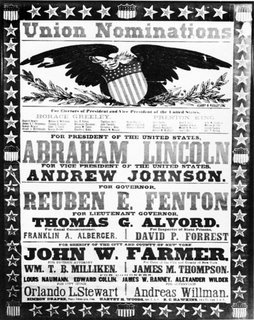1. Marco Island real estate agents have no clue as to what to do now that buyers have stopped calling them cold and buying anything at any price site unseen.
2. Bill Moss.
3. It has finally occurred to the “seasonal crowd” that nearly all of the restaurants on Marco Island produce grotesquely overprized marginally palatable food served by the local riffraff.
Corollary; It has yet to occur to the permanent residents that nearly all of the restaurants on Marco Island produce grotesquely overprized marginally palatable food served by the local riffraff.
4. Real estate agents are propagating the “fact” that real estate markets are depressed everywhere – including Las Vegas, Phoenix, Miami and San Antonio.
5. Rumor has it that the Jolly Bridge is going to be torn down over a period of five years, upon which it will be replaced with a toll ferry.
6. People have realized that once the entire island is on sewers, the sewage processing station will have to be upgraded - costing $40,000 per every property owner on the island.
7. The Marco Island city council voted unanimously to depress real estate prices in response to a unanimous vote by the citizens to increase real estate prices.
8. Citizens are up in arms about the docking of boats due to the fact that not one citizen understands what the issue is.
9. Marco Island residents are believed to be too stupid to vote for an elected good city manager.
10. There is only one Starbucks on the island serving the super-sized quadruple mocha latte with the extra layer of lard, in complete violation of what is required by the Geneva Convention. The law requires one Starbucks on every corner.

















1 Comments:
Regarding restaurants..
I think NeNe's Kitchen has a great menu and food and the prices were reasonable too. I've been to Capt. Brien's recently and liked his new place and had grouper and it was very good. Anyone been there for the Comedy night?
By Anonymous, at Thursday, June 15, 2006 7:38:00 AM
Anonymous, at Thursday, June 15, 2006 7:38:00 AM
Post a Comment
<< Home